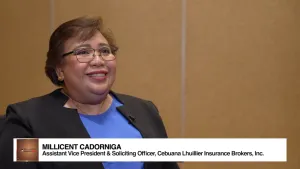
6 in 10 Australians willing to spend more on protection against disasters
RAA CEO warned extreme events are driving up insurance costs.
Six in 10 Australians support increased spending on disaster mitigation measures such as bushfire and flood protection, according to a Royal Automobile Association (RAA) survey.
Also, 80% of South Australians are increasingly concerned about the rising frequency of natural disasters and their impact on properties.
RAA CEO Nick Reade said extreme weather events are putting more homes at risk and driving up insurance costs.
He warned that without stronger mitigation efforts, insurance could become unaffordable for some households.
According to Reade, 1.2 million properties in Australia face some level of flood risk, whilst 5.6 million homes are vulnerable to bushfires.
In South Australia, proposed planning law changes suggest more than 80% of homes in the Adelaide Hills are at risk of bushfire, and recent flooding along the Murray River has highlighted the dangers.
The RAA is calling for several measures, including increased funding for disaster mitigation by expanding the federal government's $127.02m (A$200m) Disaster Ready Fund into an indexed 10-year program, redirecting revenue from the 11% duties and taxes on general insurance into disaster preparedness, enforcing stricter land-use planning to prevent construction in high-risk areas, and updating the National Construction Code to improve building resilience.
Reade pointed out that 97% of disaster-related funding goes toward recovery and clean-up, with only 3% allocated to mitigation.
He said shifting more investment toward prevention would help lower insurance costs in the long run.
With more than 825,000 members in South Australia, the RAA survey showed strong public support for infrastructure projects such as flood levees, improved stormwater management, and bushfire prevention efforts to reduce risks to homes and communities.



















 Advertise
Advertise








